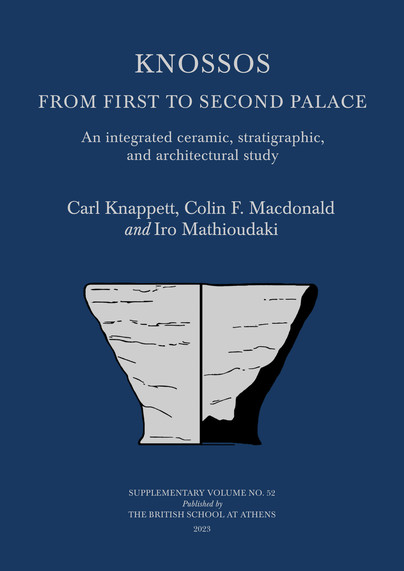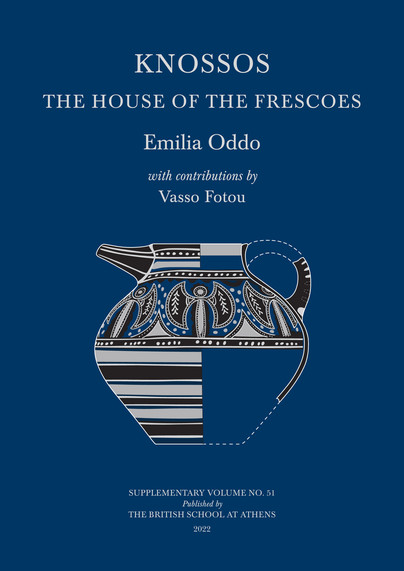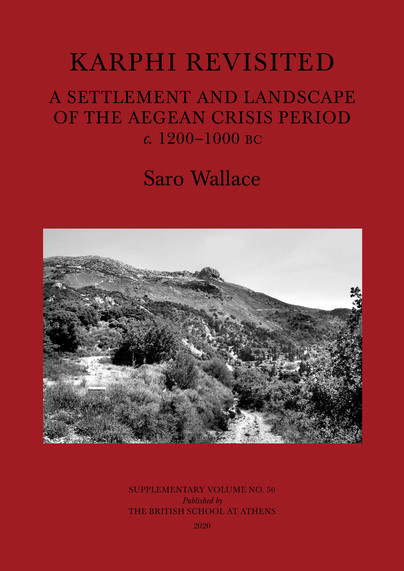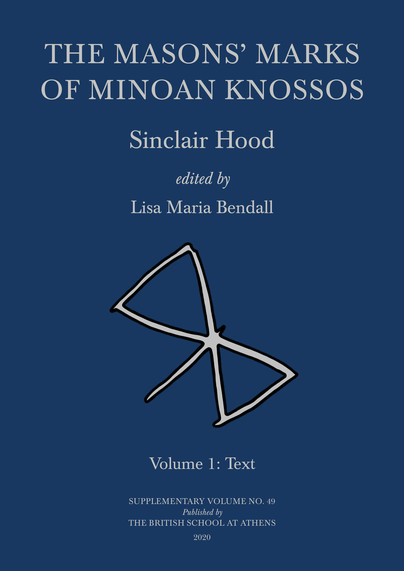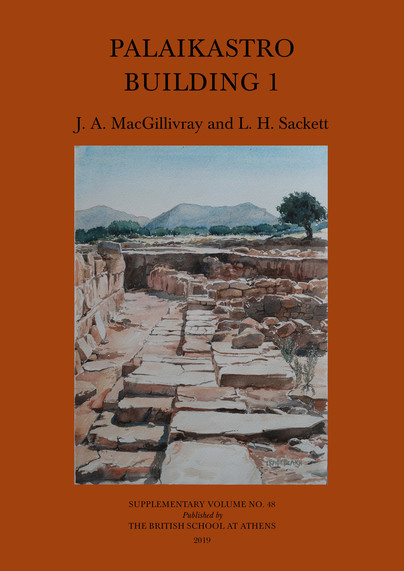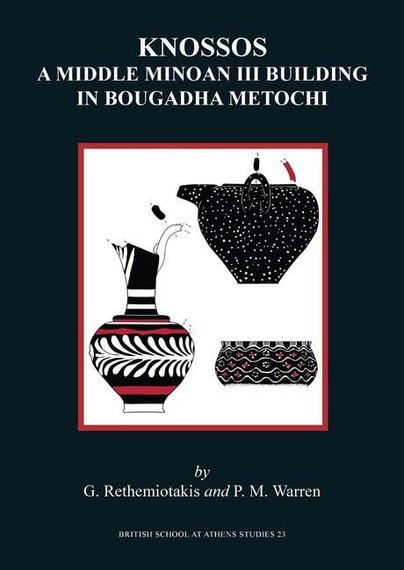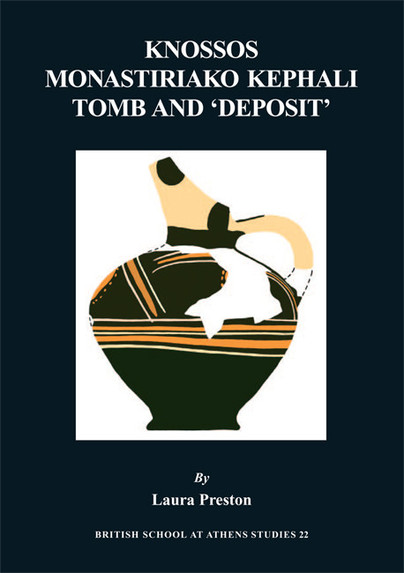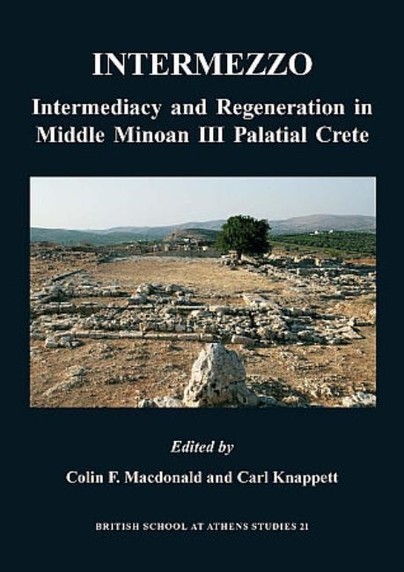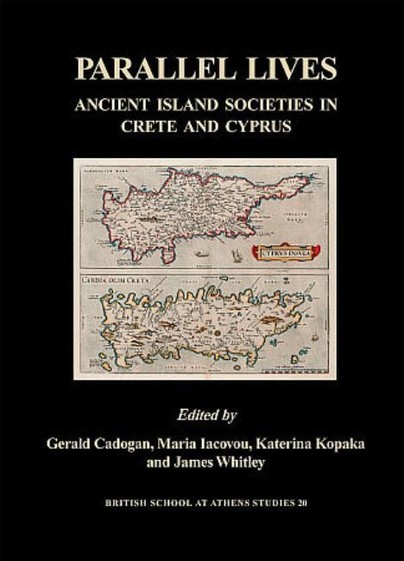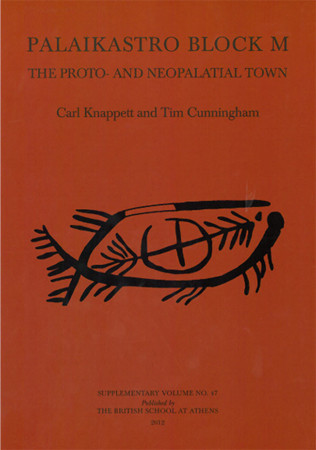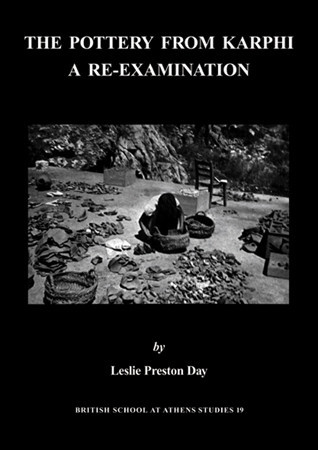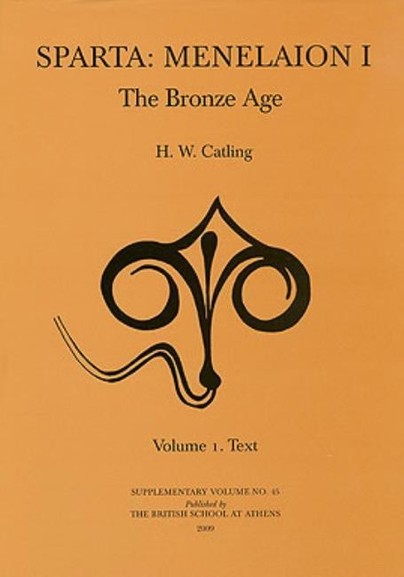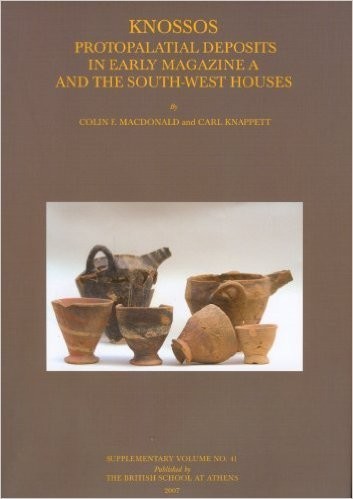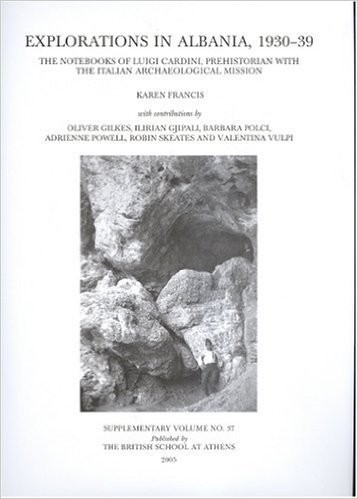Phylakopi, Melos, 1896–99: The Finds in the National Archaeological Museum, Athens
Format: Hardback
Pages: 991
ISBN: 9780904887754
Pub Date: 01 Jul 2024
Imprint: British School at Athens
Series: BSA Supplementary Volume
Illustrations: 285 figures; 78pp half-tones; 30pp colour; colour plans inside cover
Description:
The site of Phylakopi on Melos occupies a special place in the prehistory of the Aegean Bronze Age. The first work there by the British School at Athens in 1896–99 (there were two further campaigns, in 1911 and 1974–77) was memorably described by Carl Blegen as ‘the first really serious effort to understand stratification, the first really good excavation in Greece’. The Field Director, Duncan Mackenzie, kept detailed day-to-day records of the work, later applying methods developed on Melos to the excavation of Knossos.


